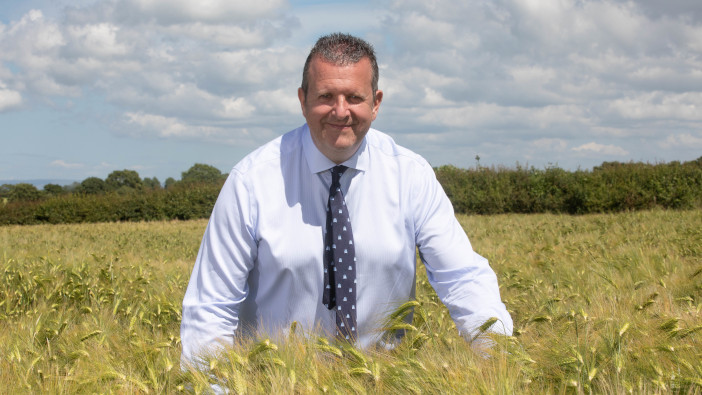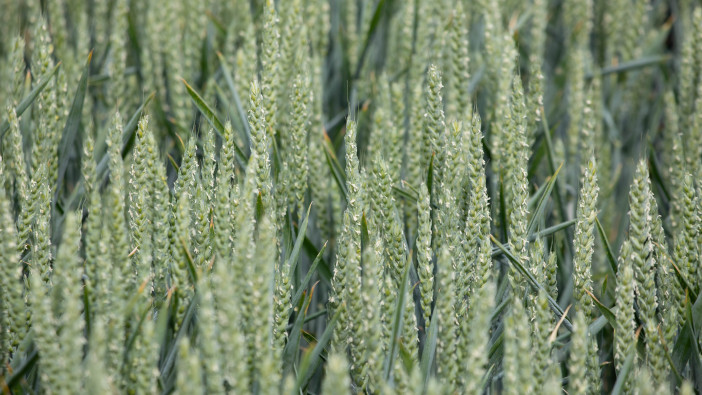Hutchinsons national seed manager David Bouch is looking toward autumn 2022, to pre-empt the varietal considerations that will need to be made surrounding cereal choices, come the fall time.
Winter wheat

Mr Bouch says that in the winter wheat sector, ‘there are no dramatic changes’. For the NABIM Group 1 market, Skyfall, Zyatt, Crusoe and Illustrious remain at the top, though Crusoe is the preferred quality and the best converter of Nitrogen to protein. However, Mr Bouch advises that Group 1 wheats are ‘only suited to those who can consistently produce full spec, otherwise the risks are too high’.
KWS Extase remains at the helm of Group 2, with its very high untreated yield and a ‘realistic end market’. A new AHDB list entrant is Mayflower, which offers excellent untreated yield but remains behind Extase when treated scores are considered.
For Group 3, Mr Bouch argues that LG Astronomer still offers the best all-round package; ‘not the highest yield, but sufficient given its excellent grain quality and good agronomics’.
He acknowledges that KWS Guium is now the highest yielding in Group 3, however he would like it to have better septoria resistance. ‘RGT Rashid also has the best septoria score in the sector but offers no yield advantage over LG Astronomer’; though Guium and Rashid both have orange wheat blossom midge (OWBM) resistance.
Group 4 sees LG Skyscraper holding 10% of the market, though it is being challenged by the newcomer RGT Bairstow, which has an increased septoria resistance compared to the market leader. Though Mr Bouch reminds us that both Skyscraper and Bairstow will require a robust PGR programme. He also adds that ‘Saki will still have support, especially where early drilled’.
In the hard endosperm group, ‘the two new varieties offer high yield with strong disease and OWBM resistance’. Champion is the highest yielding variety on the list and, according to Mr Bouch, ‘will find strong demand with limited seed supply’.
He added that KWS Dawsum has outstanding grain quality, with a bushel weight of nearly 80 and a Hagberg over 300, which, coupled with a high agronomic package and good standing ability, will find it a big market. However, Dawsum does not have OWBM resistance like Champion, though Mr Bouch notes that ‘this should not hold it back, as it is also the highest yielding variety in the West’.
‘Gleam, SY Insitor and Graham will undoubtedly remain popular, whilst newcomer LG Typhoon will attract support’, as it has consistent yields in all regions as well as very strong agronomics.
Winter barley
For winter barley, ‘not many additions to the AHDB winter barley list offer an improvement on last year’. Hyvido choices should be relatively straight forward with Kingsbarn, Thunderbolt and Belmont being logical selections, says Mr Bouch, who adds that Javelin can still offer an alternative. ‘Concerns about Javelin’s higher bracing score are certainly understood but, with its earlier ripening than its competitors and its outstanding Rhynchosporium score, it should not be discounted’.
In regard to conventional six rows, Mr Bouch observes that KWS Feeris presents a good option, with the bonus of barley yellow dwarf (BYDV) tolerance, good bushel weight and very low screenings. While for the two row barleys, it is ‘a very simple choice’.
‘Craft and Electrum remain the preferred malting varieties with the end users’, while in the feed market it goes KWS Tardis, Bolton, Bordeaux and LG Lightning (in that order).
Winter oats and hybrid rye
Mascani remains the most popular variety of oats, with oat millers and growers, as it is less susceptible to mildew and has moderate resistance to crown rust; RGT Southwark offers the highest yield on the Recommended List, but millers drive variety choice.
For hybrid rye, Mr Bouch notes Poseidon, Helltop, SU Performer, Serafino and Tayo as key options for the autumn, as hybrid rye ‘builds in popularity, with high grain yields competing with many second wheats’. The rye strains also offer high black grass suppression, high straw yield, and excellence drought tolerance.


